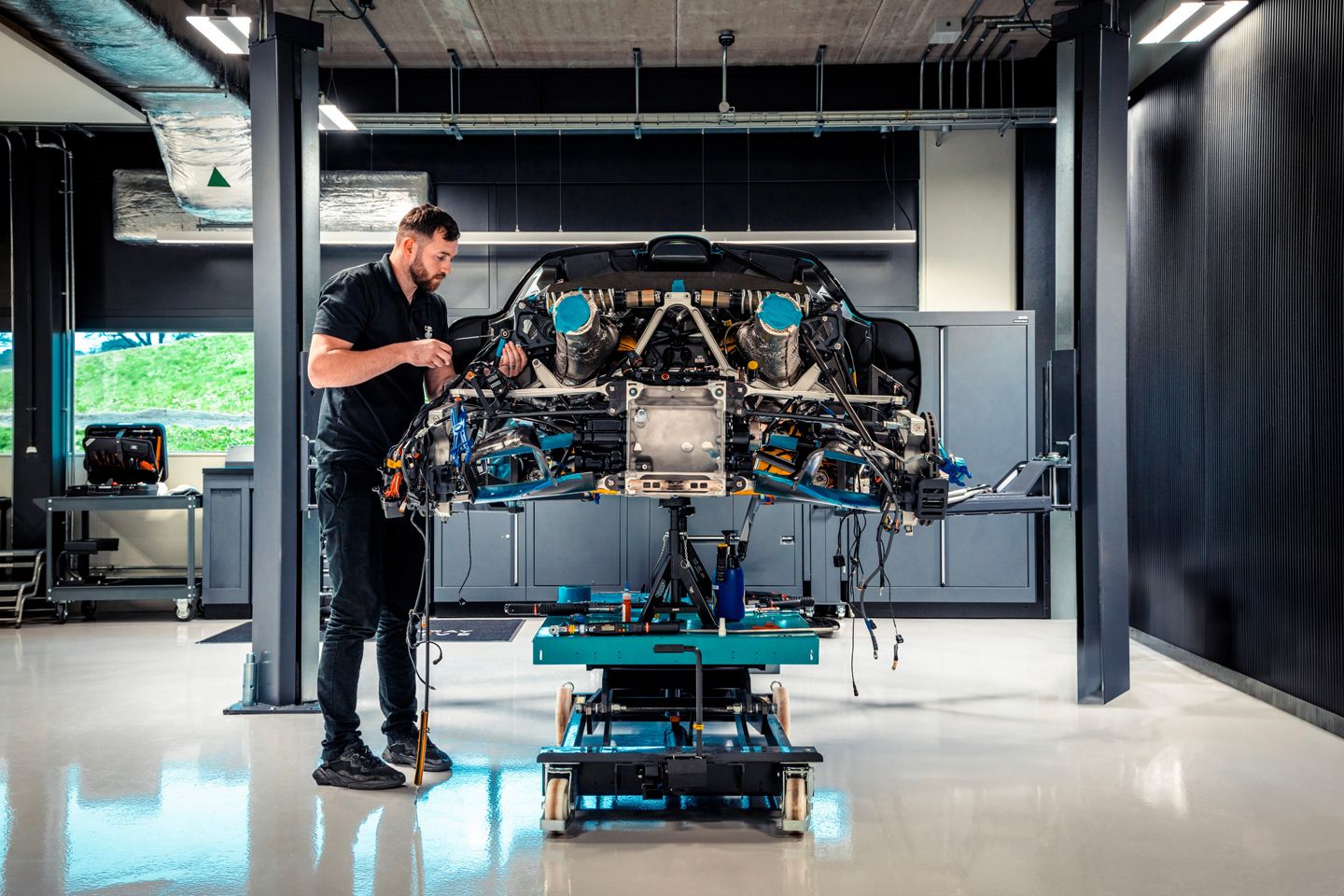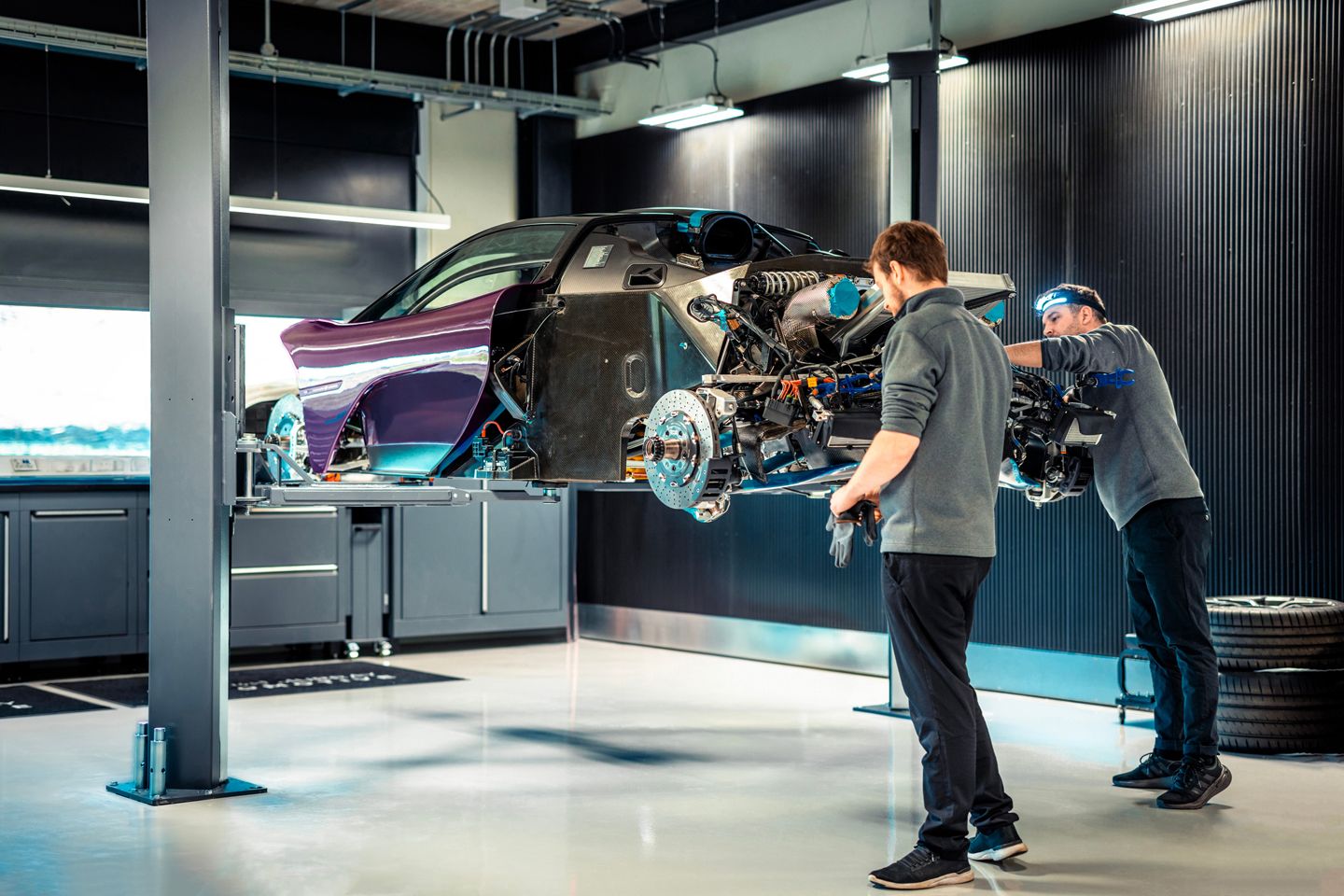
Gordon Murray’s obsession with lightweighting has been legendary for decades now. He was literally a founding member of the Light Car Company back in the ’90s – what a return for the new special operations division that could be – and the F1’s 1,137kg weight is almost as famous as its top speed record. So it should be of little surprise, really, that the Gordon Murray Group is embarking on another lightweight automotive project. For as long as he’s in the car industry, Gordon Murray will be doing everything to reduce unnecessary mass; now more than ever, that feels like a very worthwhile undertaking.
Project M-LightEn is what the new endeavour is called, which stands for Monocoque architecture – Lightweight and Low Energy, and is in fact a new consortium that will bring in expertise from GMG as well as Brunel University, Constellium and Carbon ThreeSixty. The aim of M-LightEn is to ‘create a new generation of ultra-lightweight, environmentally friendly vehicle structures’. The intention is to make a platform 25 per cent lighter than the norm; that’s in addition to halving the amount of carbon emitted in production, and targeting a ‘reduction in vehicle lifestyle carbon dioxide by a third or more’. All in just three years.
AI will be used extensively to assist M-LightEn with its lofty ambition. It will expedite the process by optimising designs and helping to develop the materials required for such drastic project goals. This is where Constellium and Brunel will step in, contributing high-strength extrusions produced from 80 per cent recycled scrap aluminium. What a second life for your takeaway tubs that could be. Carbon ThreeSixty, appropriately enough, deals with the light and strong black stuff, and believes its ‘tailored-fibre-placement’ construction can mean almost zero waste.


It’s hard not to be enthused by the prospect of a lighter, stronger car platform that uses fewer raw materials, even if Project M-LightEn remains very much in its infancy right now. There’s more good news, too, as the project ought to mean 160 new jobs and bring around £150m of economic activity related to that.
Prof Geoff Scamans, Professor of Metallurgy at Brunel University of London, said: “This project represents an excellent opportunity to exploit the high-strength extrusion aluminium alloy technology developed in the EPSRC strain-enhanced precipitation in aluminium (STEP Al) programme, funded as an EPSRC Prosperity Partnership between Constellium and Brunel. The M-LightEn project will use the highest-performing aluminium extrusion alloys formulated from recycled end-of-life aluminium using novel thermomechanical processing techniques developed in this five-year programme.”
We didn’t understand all of it, either, although better and more consistent use of recycled aluminium is surely something we can all agree is a good idea. We’re told to expect the first M-LightEn application to arrive by late 2027, which will be ‘low-volume commercial use’, hopefully followed by something more mainstream thereafter.

